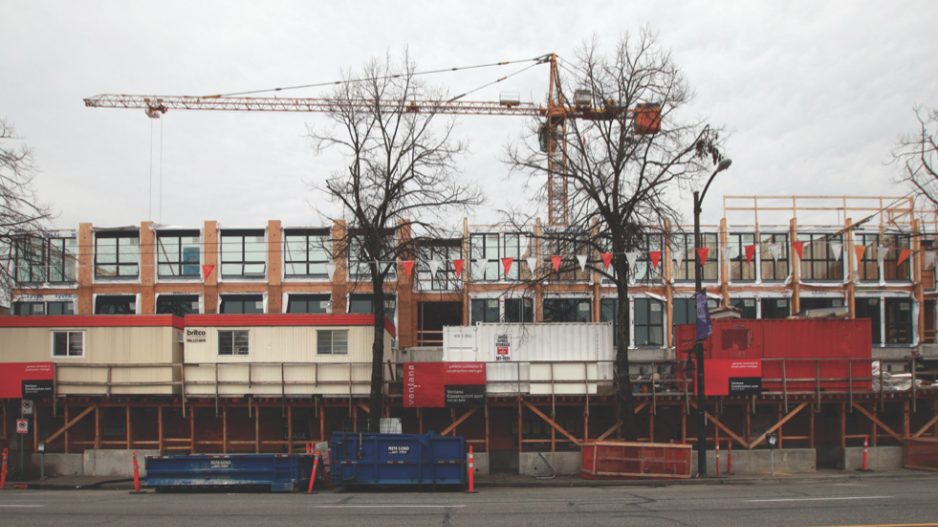It's not just residents facing the pinch from high property values. Retailers are also being squeezed by the effect high-cost neighbourhoods are having on their operating margins, while a shifting consumer mix changes what’s rung up at the till.
Adieu, the traditional mix of grocer, pharmacy and gift shop with a postal outlet at the back. Welcome, another real estate sales centre, beauty shop and coffee bar.
“What’s astounding about Vancouver is the depth of the coffee shop market,” said Stephen Knight, president and managing partner for B.C. of Sitings Realty Ltd. “The whole underlying dynamic of retail is changing.”
Yet for him, it makes sense as urban population densities rise.
“There are now 150,000 people living downtown, and they’re living in very dense quarters and they need services,” he said.
The area around the intersection of downtown Vancouver’s Seymour and Dunsmuir streets illustrates the dynamic at play.
“Gotham [Steakhouse] feeds off the downtown core, and 7-Eleven, the Asian places and A&W feed off the BCIT [British Columbia Institute of Technology] campus upstairs,” he said. “There is far more demand for urban street-front space than in the suburbs.”
A lack of density can mean tough times even for retailers close to the core, in areas where property values have increased but densification hasn’t. Without the traffic needed to boost retail revenue enough to cover operating costs, from stock to staff to rents that include property taxes, merchants scramble.
“The traditional retail environment is struggling, there’s no question. Everywhere,” said Jason Turcotte, vice-president of development with Cressey Development Corp. Cressey built the Olive complex in Cambie Village in 2006. The project replaced a well-known produce store, but also heralded the redevelopment pressure that followed the arrival of the Canada Line.
“You need the towers for the people, and you need the services for them when they get there,” he said, discussing the effect of transit on neighbourhood development.
“The retail future is the stuff that’s right downstairs, within walking distance of residential.”
Without population density, neighbourhood retail in high-rent neighbourhoods would seem to face a difficult future.
Or does it?
Placemaking is a hot topic in planning circles, and when it comes to retail, that means having something that attracts people.
Colliers International says offline experiences are a fundamental ingredient in supporting local shopping precincts, citing the success of the Khatsahlano arts and music festival in drawing traffic to West 4th Avenue each summer and anchoring people to place.
This is especially important as people shift to online purchasing of staples like groceries, taking away some of the recurrent business that used to sustain neighbourhood merchants, said SFU Community Trust CEO Gordon Harris, who was a retail consultant prior to taking on his current role.
Throw in redevelopment of older, more affordable space into more expensive space, and chances are fewer shops will be the locally owned businesses that made the areas interesting.
“You have to charge more rents,” Harris said. “And in the charging of more rent, you self-select who your tenants are going to be. They’re large-volume retailers who either can attract the volume or are going to build a bigger store that draws on a bigger market.”
UniverCity, the community Harris oversees, originally wanted its retail space to be occupied exclusively by local merchants. This didn’t work out because population densities were too low.
“It was a real struggle for many of them,” he said. “We support local and regional retailers where we can, but we recognize there are some areas where a category may need a national [presence].”
This is where the troubles facing Toys “R” Us, a prominent West Broadway retailer, concern him.
“If that store’s not there, people aren’t coming to that store, which means they aren’t seeing other stores – which means they’re not going there, either,” he said.
While the city is studying so-called “legacy retail” in Chinatown, Harris would like to see attention paid to the fate of merchants in neighbourhoods across the city. Real estate is all about location, and retail simply isn’t viable on every block, let alone in every building.
“We have to think about it from a public policy perspective,” he said




